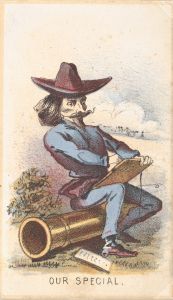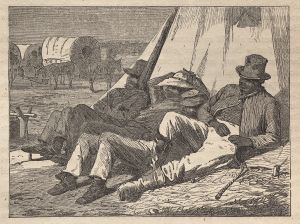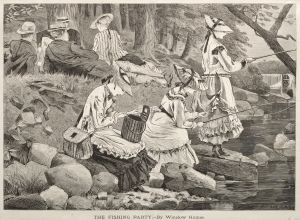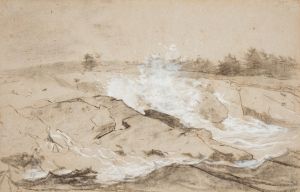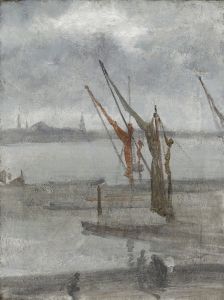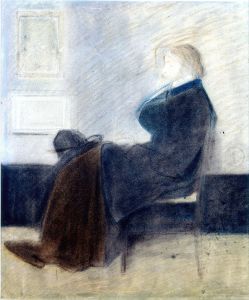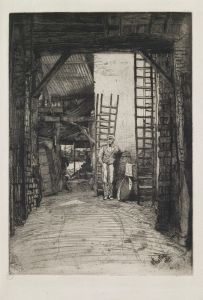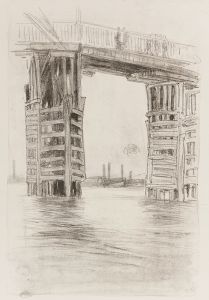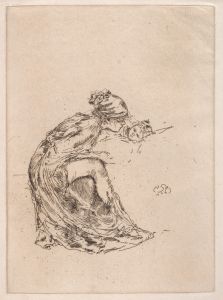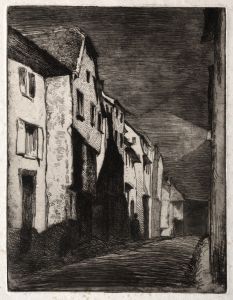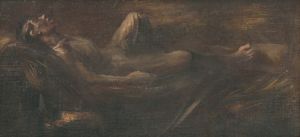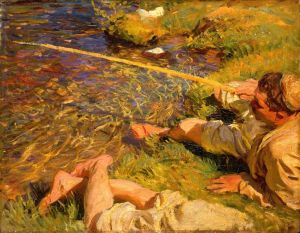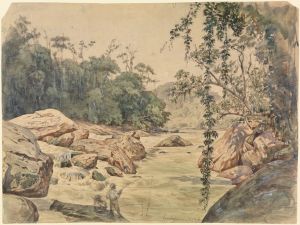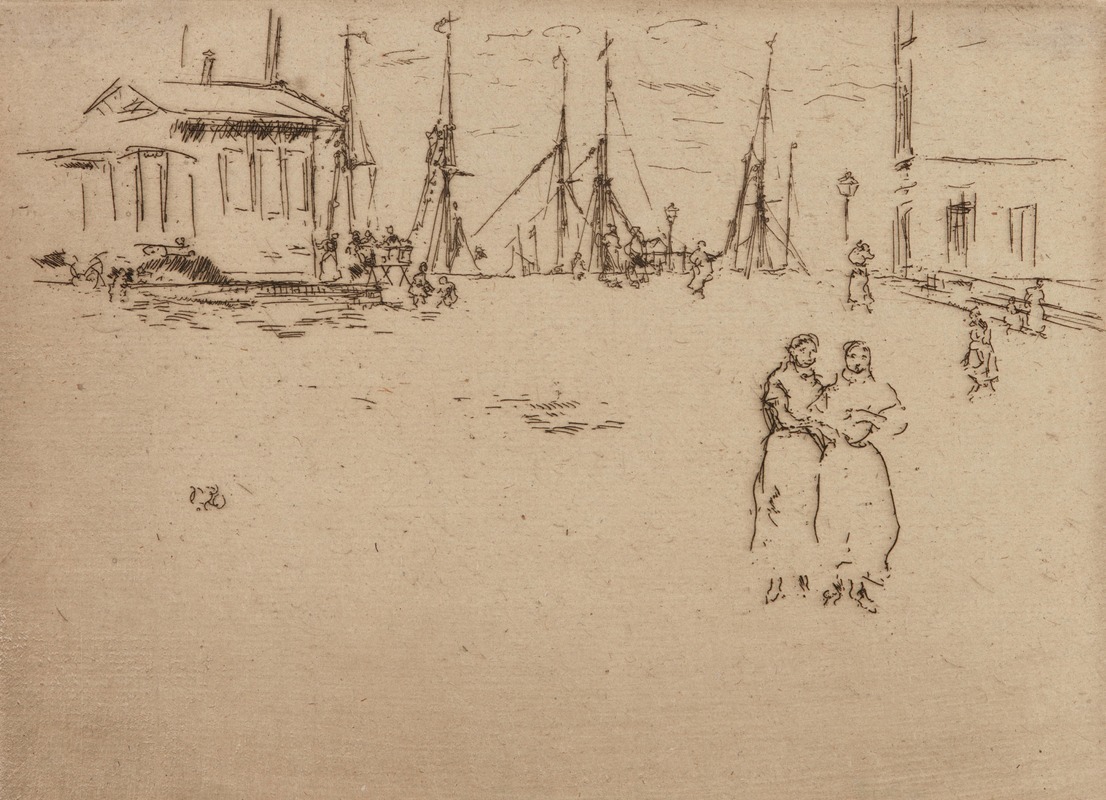
Fishing Quay, Ostend
A hand-painted replica of James Abbott McNeill Whistler’s masterpiece Fishing Quay, Ostend, meticulously crafted by professional artists to capture the true essence of the original. Each piece is created with museum-quality canvas and rare mineral pigments, carefully painted by experienced artists with delicate brushstrokes and rich, layered colors to perfectly recreate the texture of the original artwork. Unlike machine-printed reproductions, this hand-painted version brings the painting to life, infused with the artist’s emotions and skill in every stroke. Whether for personal collection or home decoration, it instantly elevates the artistic atmosphere of any space.
"Fishing Quay, Ostend" is a painting by the American-born artist James Abbott McNeill Whistler, known for his significant contributions to the art movements of Realism and Impressionism. Whistler was an influential figure in the late 19th century art world, renowned for his innovative approach to painting and his distinctive style characterized by subtle tonal variations and a focus on atmospheric effects.
Whistler was born on July 11, 1834, in Lowell, Massachusetts, and spent much of his life in Europe, where he developed his artistic career. He is best known for his portraiture and his series of nocturnes, which capture the mood and essence of urban landscapes and seascapes. His work often emphasizes the harmony between color and composition, drawing inspiration from Japanese art and the Aesthetic Movement.
The painting "Fishing Quay, Ostend" depicts a scene in the coastal city of Ostend, located in Belgium. Ostend was a popular destination for artists and tourists during the 19th century, known for its bustling port and vibrant maritime activity. Whistler visited Ostend during his travels in Europe, and the painting reflects his keen interest in capturing the everyday life and atmosphere of the places he visited.
In "Fishing Quay, Ostend," Whistler employs his characteristic style, focusing on the interplay of light and shadow to create a sense of mood and atmosphere. The painting likely features the quay, or dock, where fishing boats would have been moored, and captures the essence of the maritime environment. Whistler's use of color is subtle and restrained, with a palette that emphasizes the natural tones of the sea and sky, as well as the man-made structures of the quay.
Whistler's approach to painting was often described as musical, with an emphasis on harmony and composition. He believed that art should evoke an emotional response, much like music, and his works often reflect this philosophy. "Fishing Quay, Ostend" is no exception, as it captures the tranquil yet dynamic nature of the coastal scene, inviting viewers to experience the ambiance of the location.
Throughout his career, Whistler faced both acclaim and controversy. He was known for his strong opinions on art and his often contentious relationships with critics and fellow artists. Despite this, his work has had a lasting impact on the art world, influencing subsequent generations of artists and contributing to the development of modern art.
Whistler's legacy is preserved in numerous collections and museums around the world, where his paintings continue to be studied and admired for their innovative approach and artistic merit. "Fishing Quay, Ostend" is a testament to Whistler's ability to capture the essence of a place through his unique artistic vision, and it remains an important example of his work in landscape and seascape painting.





